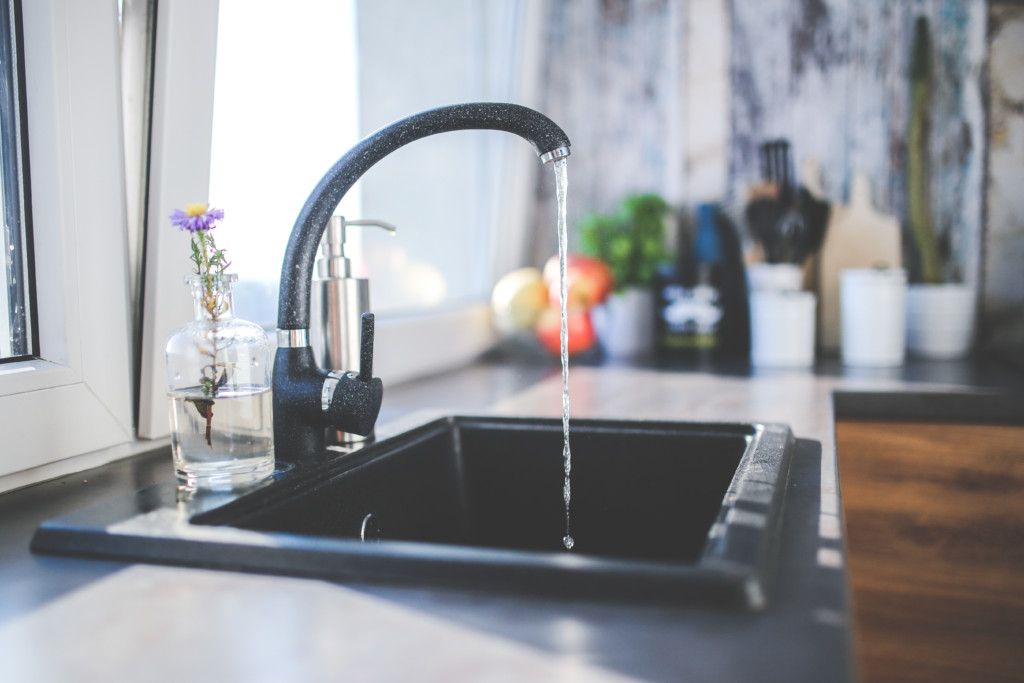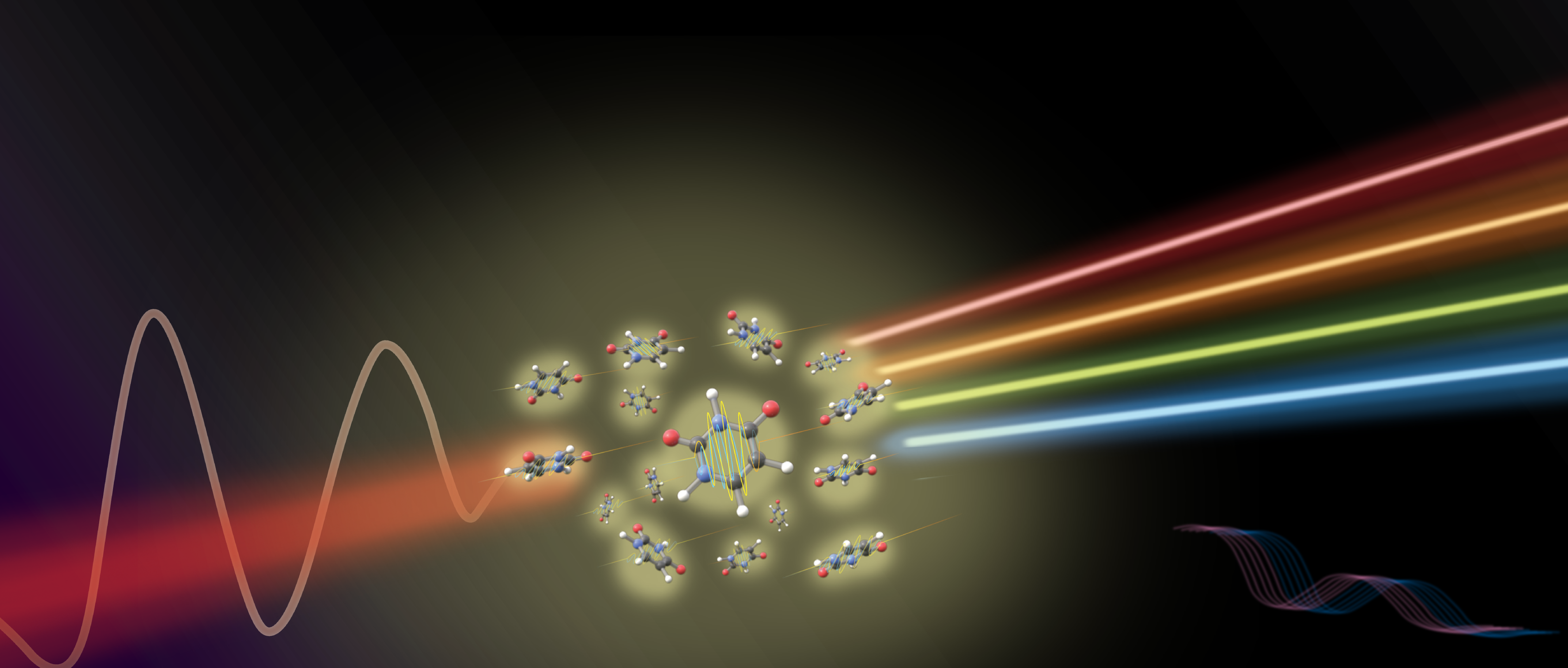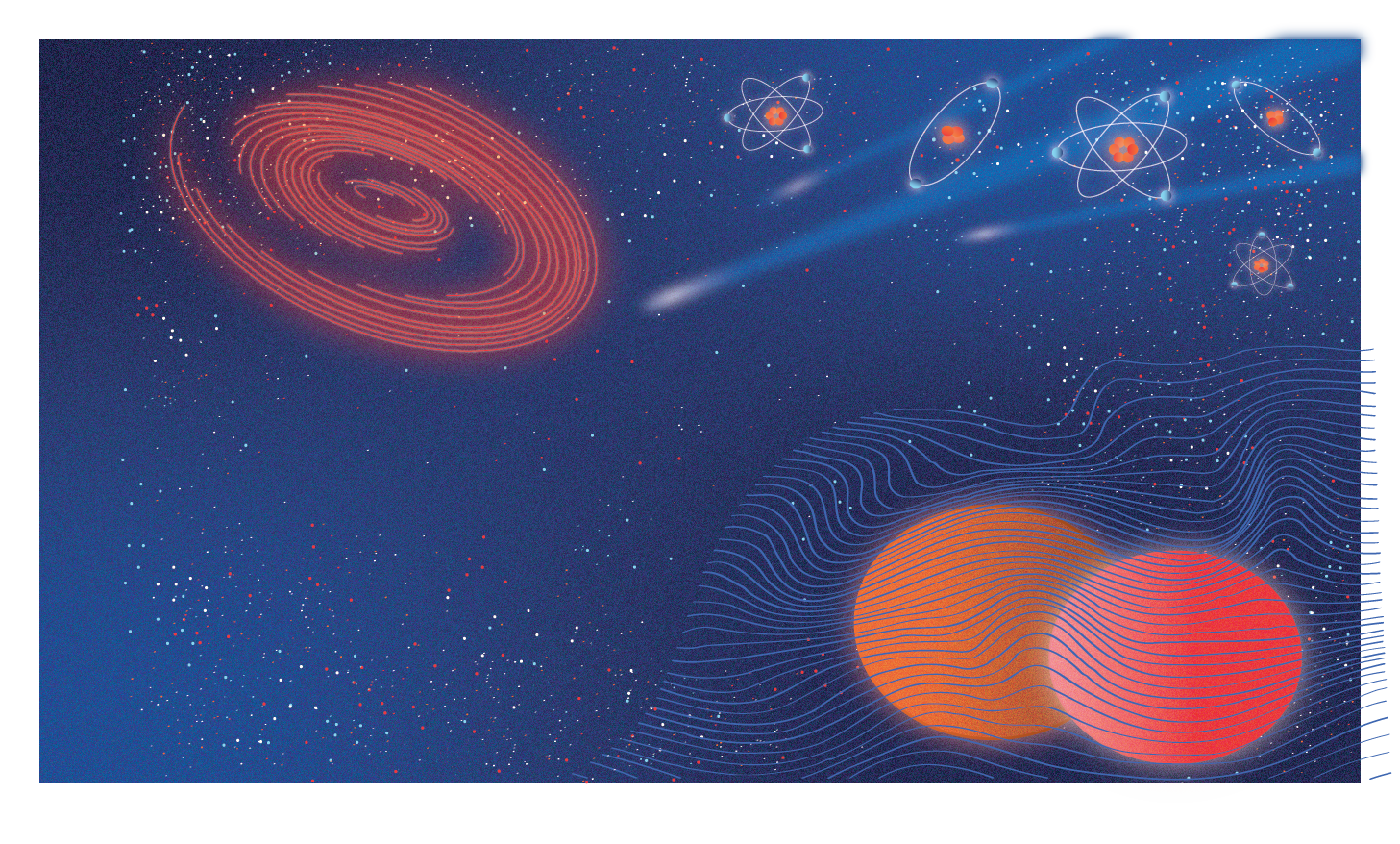
Your good friends Alice and Bob frequently invite you to dinner at their apartment. On one such occasion, you realize that despite years of affectionately insisting you clean up afterward, they have always obstinately refused. You feel the slight sting of offense at their repudiation of your kind offer. What reason is there?
You know them quite well; they are exceedingly messy, and not proud of the fact. Maybe, you postulate, they want to hide their kitchen. You have never seen it, and upon reflection, the idea has some merit. Alice has always measured mess in terms of its volume and Bob by its gravity. Their metrics agree in the dining room, where dust simply stacks upon itself, but maybe their disparate thinking leads to contention in the volatile kitchen environment. As you chuckle at the thought of them quarreling over the need to clean a pan, you wonder if you could predict the mess in their kitchen without ever seeing it. If you could, maybe you would figure out why they don’t want you cleaning their dishes.
You recall that your other friend Chris, a Berkeley quantum gravity theorist, mentioned predicting measurements of mess and decide to give him a ring. He delights to explain that his work precisely addresses your curiosity.
That measure of mess is akin to a measure of disorder called entropy. In essence, entropy is a number representing the disorder of a system—the larger the messier. Much as you wonder how Alice and Bob have always decided what a mess is in the kitchen, Chris wonders how quantum field theory (QFT, the final form of quantum mechanics) and quantum gravity (QG, the postulated final form of Einstein’s general relativity) have compatible entropies in the universe. QFT’s entropy is based on volume, like Alice’s mess measurement. QG’s entropy is based on gravity, like Bob’s mess measurement. Alice and Bob still live together, and the universe still exists, so there must be a compromise between measures.
To date, the favored compromise is called generalized entropy (GE), simply the sum of the entropies of QFT and QG. Intuitively, this makes sense. If you have disorder or mess coming from two separate sources, you expect them to add. You could see Alice and Bob each rating a mess, adding their ratings, and comparing all messes this way. However, GE is a source of headache stemming from the fact that no one has completed the correct theory of QG. Chris and the QG community have ideas for what the rudimentary QG should look like. The QG entropy they add into the GE seems plausible, but because QG is incomplete—because you cannot see into the kitchen—no one can be certain.
Furthermore, no one can identify what specific source of QG disorder is measured, as if Bob could never tell you what was creating the mess, only how much there is, and you, without access to the kitchen, cannot tell him. Entropy, messes, and disorder must have a source—a sloppy plate of spaghetti, for example, or the distribution of gravity across a surface. If theorists cannot say whether the source of entropy is the plate or gravity*, they cannot verify that GE is an entropy at all. It could be measuring anything. Bob could rate messes all he likes, but you could never verify the connection between his rating and an existing mess.
Chris and his crew do not hope to complete the Herculean task of establishing GE as true, but are taking two steps in that direction. For one step, they will try something analogous to a kitchen simulator: a contradiction-free universe adhering to string theory. While many are skeptical that string theory applies to our universe, it is currently the best simulation we have. If a universe exists in which GE works, even a simulated one, there is hope it works for ours as well.
The other step is to verify that GE has a particular mathematical property called strong subadditivity (SSA), which all quantum mechanical entropies must have. While SSA in quantum mechanical entropy was surprising when first discovered, it is a common and intuitive property of normal non-quantum entropy. Suppose Alice and Bob left three dirty plates (plates A, B, and C) arranged in a triangle on the counter with leftover spaghetti draped across them. Since spaghetti strands start on one plate and end on another, you count the three plates as one mess rather than three. In trying to clean one plate by throwing out the spaghetti on it, you simultaneously remove the spaghetti from the other two plates, making them a bit cleaner too. If instead, you chopped the spaghetti along the edge of plate A, isolating it, you would have a bigger mess on your hands because removing the spaghetti from that one plate does not also clean the others. You now have more plates requiring individual attention, and overall more need to put forth more effort to clean the mess. SSA is a statement on how the three correlated plates together are less messy than they are when uncorrelated.
The unfortunate reality is that no experiments can yet glimpse the truth hidden in the kitchen. You and the theorists have the staggering task of figuring out what is there without ever entering. When direct efforts toward the solution stall, the clever option is to establish constraints. If one could prove GE is true, the number of sources of disorder in QG would be constrained. However, progress in proving GE itself is incremental. Neither of Chris’ methods will confirm the generality of GE, but they are crucial steps toward understanding factors important for a general theory of the universe—if not the kitchen.
*For the record, it is not the plate of spaghetti. They are not clueless.
**Specifically, the mess rating of whole system plus the mess rating of the isolated plate A, is less than or equal to the rating for plates A and B if you had isolated C plus the rating for plates A and C if you had isolated B (R(ABC) + R(A) <= R(AB) + R(AC)).
Acknowledgement: Thank you, Chris Akers, for your extensive conversations explaining generalized entropy to me.
Featured image: Alice and Bob's kitchen could look like this if only they would let you help them clean up.... By Kaboompics // Karolina via Pexels.




